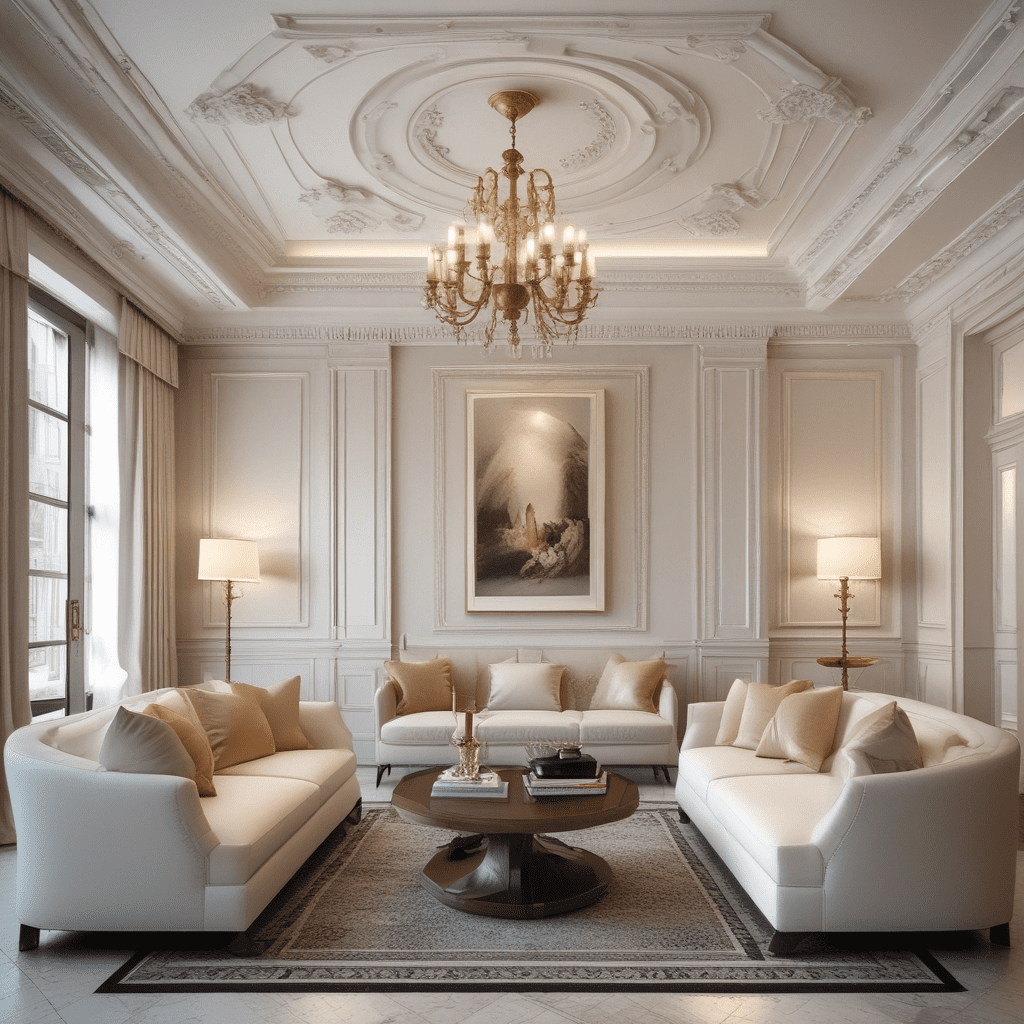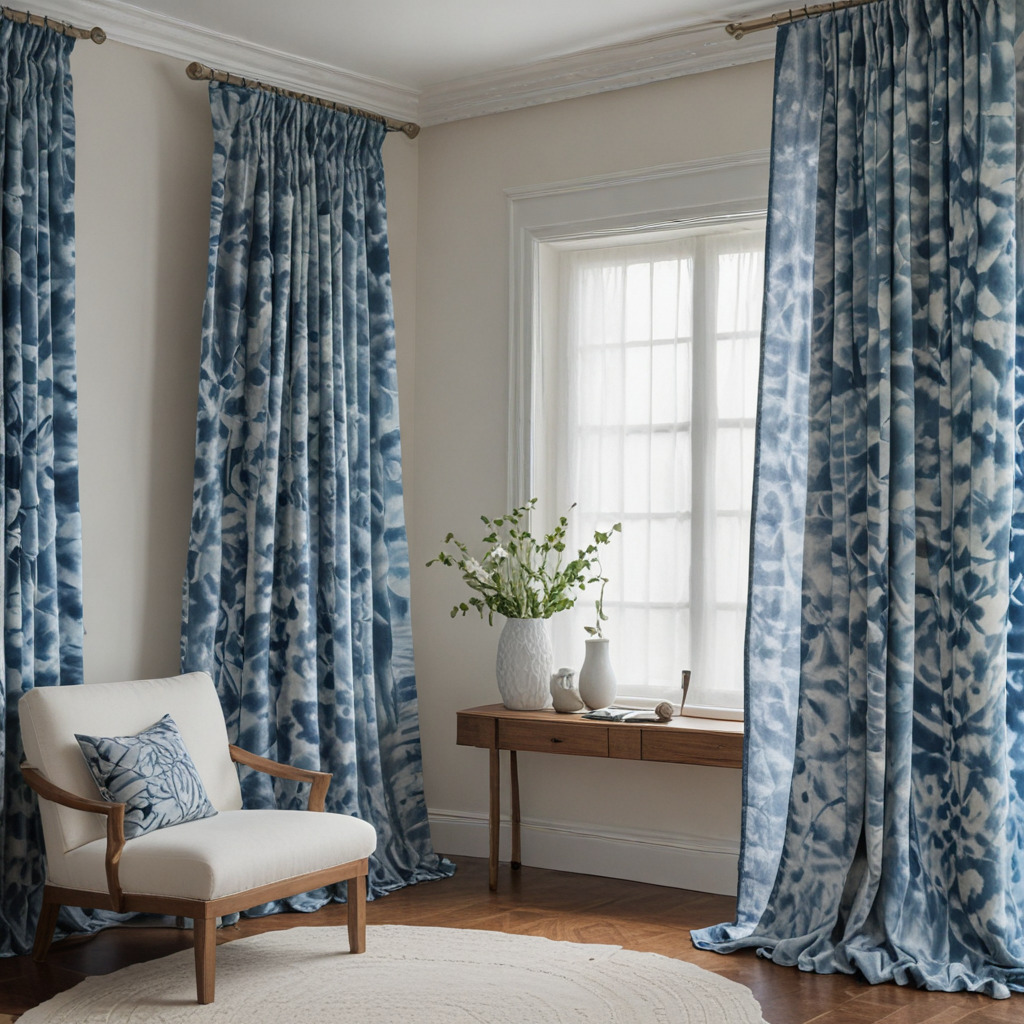Feng Shui Principles: How to Create Harmonious and Balanced Living Spaces


title: „Feng Shui Principles: How to Create Harmonious and Balanced Living Spaces”
meta description: „Explore the art of Feng Shui to harmonize and balance your living spaces. This article elucidates key Feng Shui principles for a serene home environment.”
Introduction
The art of Feng Shui, an ancient Chinese philosophy, is centered around the flow of energy or 'chi’. In the realm of interior design, it transcends mere aesthetics, offering a blend of functionality and harmony that can turn any living space into a serene sanctuary. The core principle of Feng Shui is to balance the energies in any given space to ensure health and good fortune for its inhabitants. By applying these principles, you can transform your environment to promote well-being, positivity, and prosperity.
Key Elements of Feng Shui Principles
When venturing into the world of Feng Shui, understanding its fundamental elements is imperative for creating a balanced and harmonious home. Let’s delve into these key concepts:
- Element 1: The Five Elements
The five elements of wood, fire, earth, metal, and water are central to Feng Shui. Each represents different colors, shapes, and energies that interact with each other in specific ways, either creating a productive or a destructive cycle. These interactions influence the balance of a space. Element 2: The Bagua Map
The Bagua map is a grid that correlates to different areas of your life such as wealth, health, love, and career. By applying this map to the layout of your home, you can identify which areas correspond to these aspects and decorate accordingly.Element 3: Commanding Position
The placement of furniture, especially the bed, desk, and stove, should be in a commanding position. This means facing towards the door but not directly in line with it, allowing you to be in command of your space and the energy within it.Element 4: Clutter-Free Spaces
One of the essential principles of Feng Shui is minimalism and the avoidance of clutter. A clutter-free environment allows chi to flow freely and reduces stress and negativity.Element 5: Color Palettes
Color selection is more than just picking shades that match your taste; it involves choosing colors that correspond to the energies you want to enhance in each room, according to the Bagua.Element 6: Lighting and Air Quality
Feng Shui places a strong emphasis on natural light and fresh air. These elements are crucial in promoting positive energy flow and a vibrant space.
Tips for Feng Shui Principles
Selecting the right furniture pieces with Feng Shui principles, considering size, style, and functionality, can greatly enhance the energy of a space:
- Tip 1: Opt for Furniture with Smooth Edges
- Rounded corners promote a smooth flow of energy, while sharp edges can create 'sha chi’ or attacking energy.
- Tip 2: Embrace Open Spaces
- Arranging furniture to create open pathways allows chi to circulate freely throughout the room.
- Tip 3: Choose Appropriate Colors
- Furniture colors should reflect the element you wish to express, such as green for growth (wood), or red for passion (fire).
- Tip 4: Ensure Balanced Proportions
- Furniture size should be proportionate to the space to avoid overwhelming the room or stifling energy flow.
- Tip 5: Reflect Personal Style with Intent
- While considering Feng Shui, do not forget personal style. Your unique taste brings life and energy to your home.
FAQ about Feng Shui Principles
Question 1: How do I apply the Bagua map to my home?
– Answer: Begin by aligning the bottom of the map with the wall of the front door. Each section of the map corresponds to a key area of your life. Enhance these areas within your home using color, elements, and intent to influence aspects of your life positively.
Question 2: Can Feng Shui principles be applied to small spaces like apartments?
– Answer: Absolutely! Feng Shui is adaptable to any living space. Focus on decluttering, proper furniture placement, and the incorporation of the five elements to make even the smallest spaces feel balanced and energized.
Question 3: How significant is the role of plants in Feng Shui?
– Answer: Plants are powerful in Feng Shui because they represent the wood element, which brings growth and new beginnings. They also help purify the air and can be used to soften sharp corners (sha chi).
Question 4: Is mirror placement important in Feng Shui?
– Answer: Yes, mirrors are considered the 'aspirin of Feng Shui’ due to their ability to expand spaces, reflect light, and redirect energy. However, they should be placed thoughtfully to avoid reflecting negative images.
Question 5: How do I deal with Feng Shui challenges like beams over my bed or a bathroom in the wealth corner of the Bagua?
– Answer: For beams, you can hang two flutes at 45-degree angles to dissolve the downward energy. If your bathroom is in the wealth area, keep it clean, introduce wood elements, and close the toilet lid to prevent the drain of wealth.
In the dynamic field of interior design, Feng Shui remains timeless, providing guidance for creating peaceful and energized homes. By understanding its principles and integrating recent trends thoughtfully, we can craft living spaces that not only reflect modern aesthetics but also foster a sense of balance and well-being.


